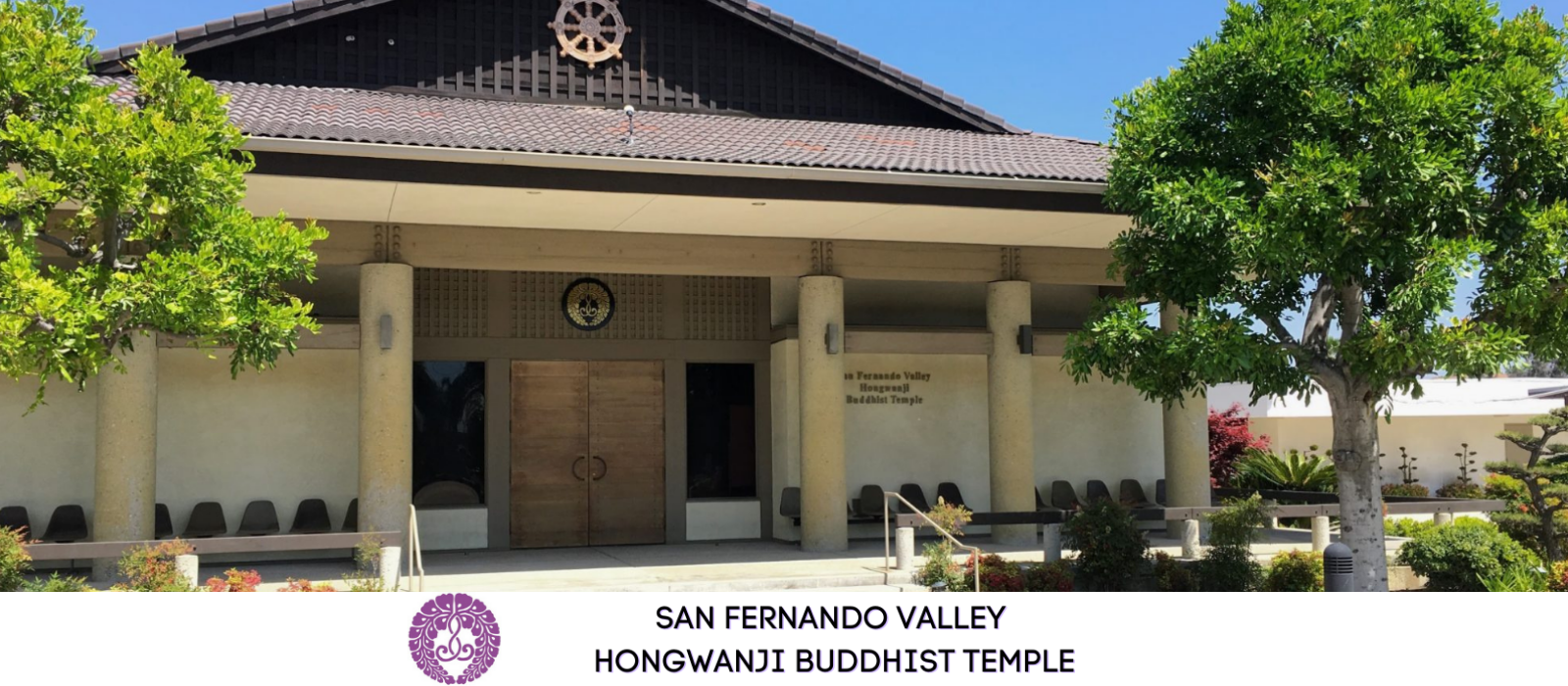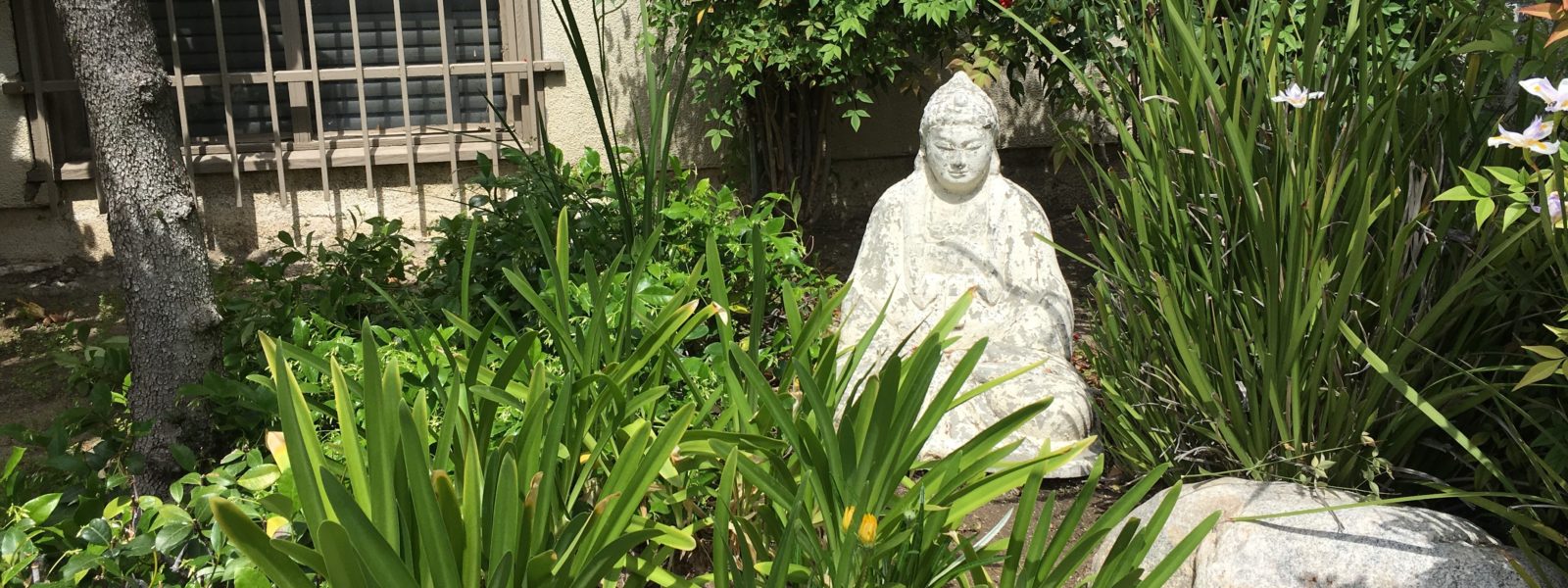A Life of Harmony
Of organizations, there are three kinds. First, there is the kind that is organized on the basis of the power, wealth or authority of great leaders.
Second, there is the kind that is organized because of its convenience to the members, which will continue to exist as long as the members satisfy their conveniences and do not quarrel.
Third, there is the kind that is organized with some good teaching as its center and harmony as its very life.
Teachings of the Buddha, 241-242
As we edge into 2017, much has been said of the strife, division, and discord of the past year in this country and all over the world. Whether a country, a business, or even a religious institution, if it depends on the power, wealth or authority of one person, widespread and lasting stability is impossible. History has shown us this lesson again and again.
The second kind of organization is very common and exists as long as it is convenient to the members. Think athletics, community groups or some special interest clubs. This makes sense since people and interests may change with age, friendships or priorities. Even within our temples, organizations for specific groups do not stay the same and may even disappear, which is entirely in keeping with our Buddhist teaching of impermanence.
The members of the third kind of organization share in common the same good teaching, and are guided by this teaching not only when they are together but in every moment throughout their lives. This teaching is not subject to impermanence for it is true for all people, everywhere, at all times. The Buddha-dharma is such a teaching.
Also at the core of our dharma teaching is the truth of interdependence, the Oneness of all life. Nothing exists in and of itself. Everything relies on a myriad of causes and conditions and other lives—not just human—in order to be. As human beings, nothing about us could come about without “other.” If even one element of the interconnected web of life were different, then we would be different or we might not even exist.
It is awareness of our reliance on the interdependence of life that gives us insight into things as they really are, rather than as we may believe or wish them to be. Guided by this teaching, we aspire to work together understanding that either all benefit or none benefit. In other words, harmony is the very life of our teaching and the lifeblood of a Buddhist sangha. Thus, the sutra reading goes on to say that this is a true organization in which the members live in one spirit without regard to their conditions or circumstances.
As much as ever, our world would undoubtedly benefit by being guided by this principle. The reality is, however, that even a Buddhist sangha is composed of human beings and as such, it is extremely difficult to rid ourselves of the causes of our sense of disharmony. As individuals or as a group, there may at times be disagreement on issues other than the dharma. Indeed, we need to be aware of and rely on the benevolence of Infinite Life to smooth over the rough spots in order to focus on our true purpose.
All we can do is keep our eye on the ball—our reason for being a sangha, which is to be guided by the teachings of the Buddha and to treasure this precious dharma because it is the most important gift we have. This is not a convenience. It is a necessity, as is becoming more and more evident on an increasingly chaotic planet. If everyone in our organization remembers that a sangha is a group of people who are walking the path of the dharma together, then we will always be able to keep going regardless of other differences. It is no wonder that to disturb the harmony of the sangha is considered one of the gravest offenses in a Buddhist organization.
Outside of our own reliance on the dharma and our Nembutsu teaching, once we have received the settled heart-mind, let us not keep it to ourselves but share it with others. In the words of our teacher, Shinran Shonin, “May there be peace in the world and may the Buddha’s teaching spread!”
Namo Amida Butsu
In gassho,
Rev. Patricia Usuki

